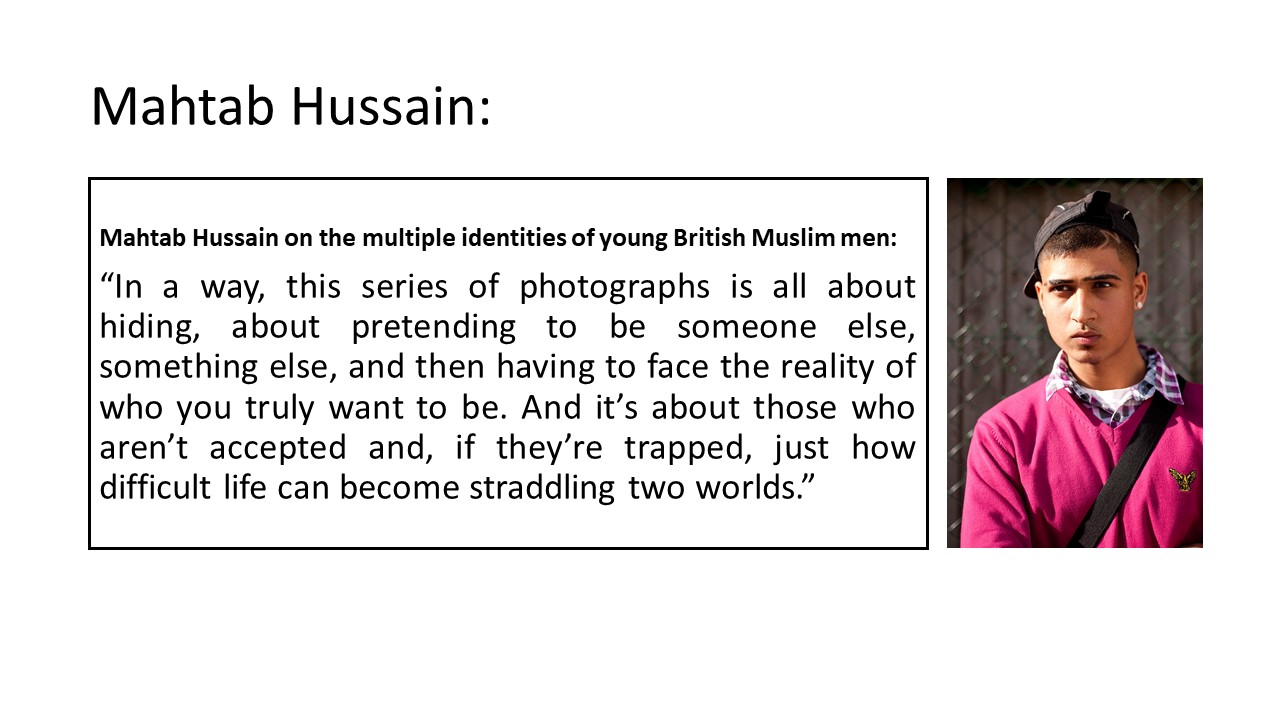
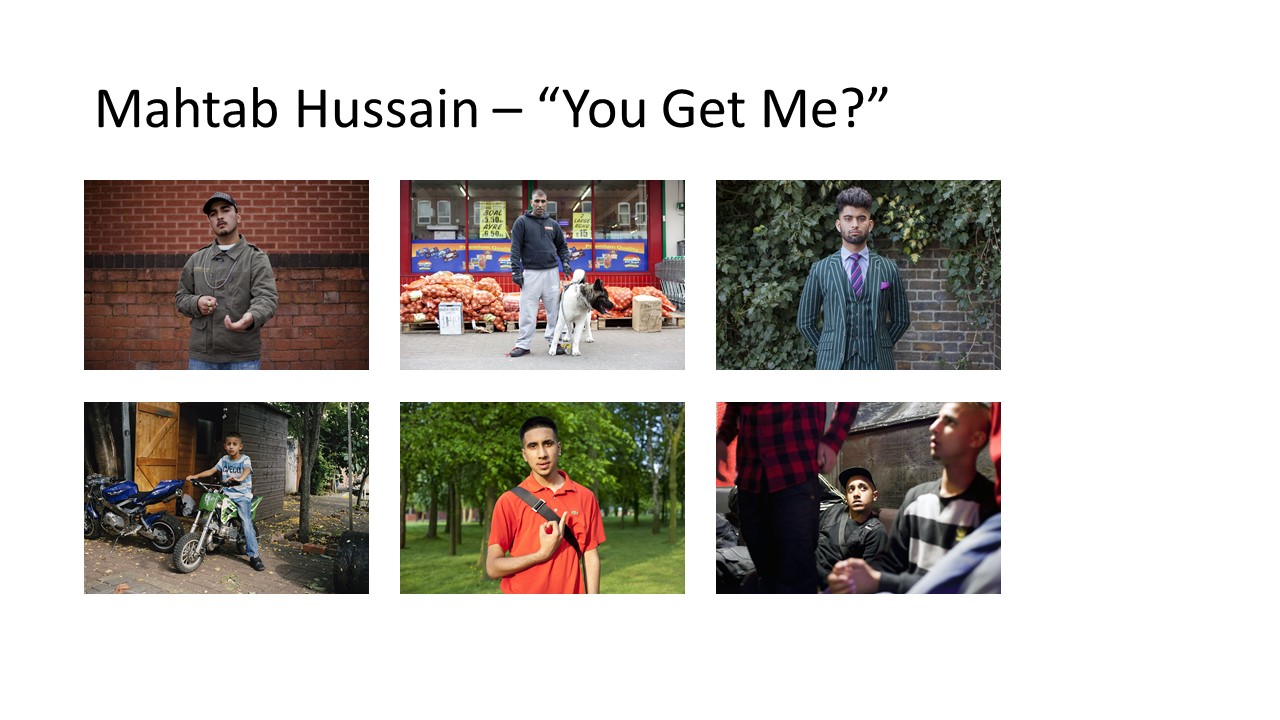

Monthly Archives: January 2019
Filters
Censored Faces

Claude Cahun / Clare Rae Exhibition Analysis
The Claude Cahun and Clare Rae exhibition was very inspiring. It clearly demonstrated how the work of Cahun had inspired the work of Rae. Each photographer had their own room with their photos hung up on the walls, with the sizes of the photos ranging. Both Rae and Cahun take their images in similar styles, with most the images being in black and white, with the main focus being portraiture.

This is my favorite Claude Cahun image. It shows a women sitting down, wearing a shirts saying “I am in training, don’t kiss me”. This shows how Cahun might be trying to pass a message saying that as she is a female that she has to train herself to live up to the expectations of society. Cahun could also be trying to get her personality across by wearing the clothes that she has on.

This is my favorite Clare Rae image. It shows a women cramming herself under a trolley in what looks like a office. Rae might have done this to show that women might feel trapped in today’s society, so she portrayed this by putting herself under a trolley in a small corridor. Rae also might have taken this photo to express previous experience she might have had.
Identity Research
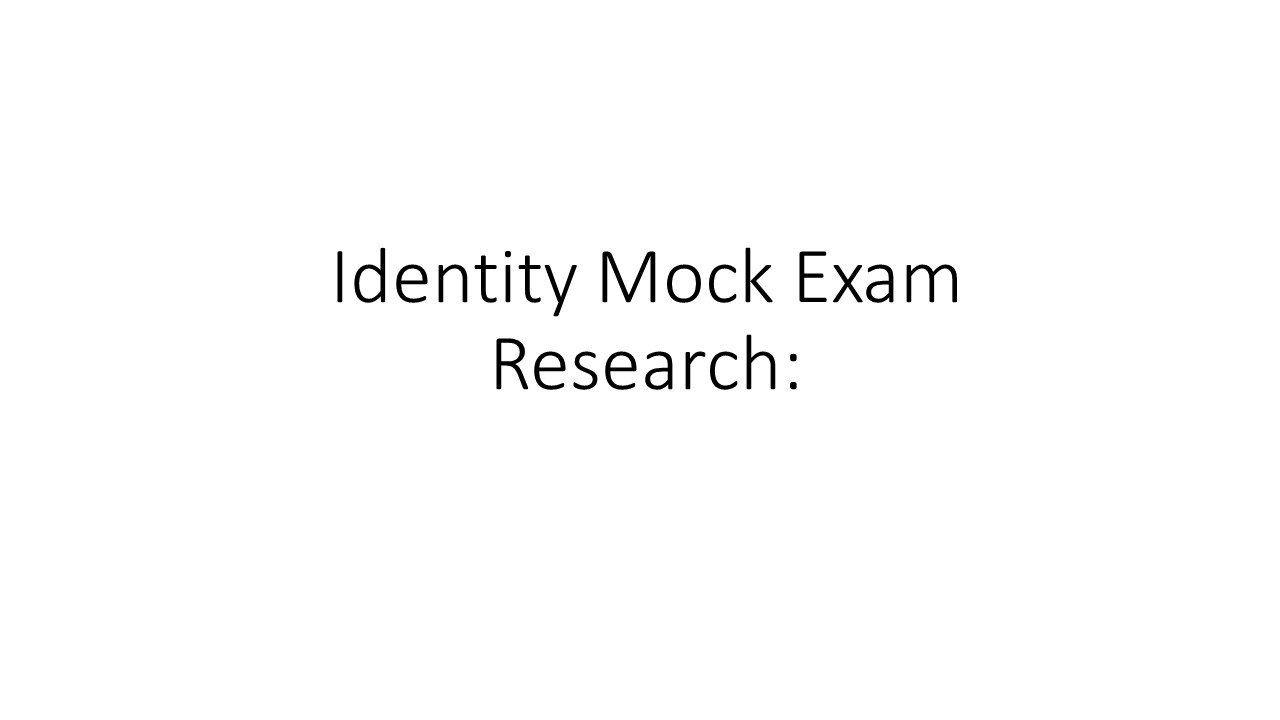


Tish Murtha
Tish Murtha was born on the 14th of March 1956 and died on the 13th of March 2013. She was a social documentary photographer. She was brought up in Newcastle and went to the University of Wales. In 1978 she came back to Newcastle wanting to document “marginalized communities from the inside”. In this she was documenting what her life and her family and friends lives were like living in the working class. She created black and white images. She often worked with teenagers and younger children to show how their lives were.
Murtha, like Bulmer is best known for documenting social realism and the working class. Though she is also known for documenting marginalized communities. She did most of her work in the North East of England and in Newcastle upon Tyne, also like Bulmer.

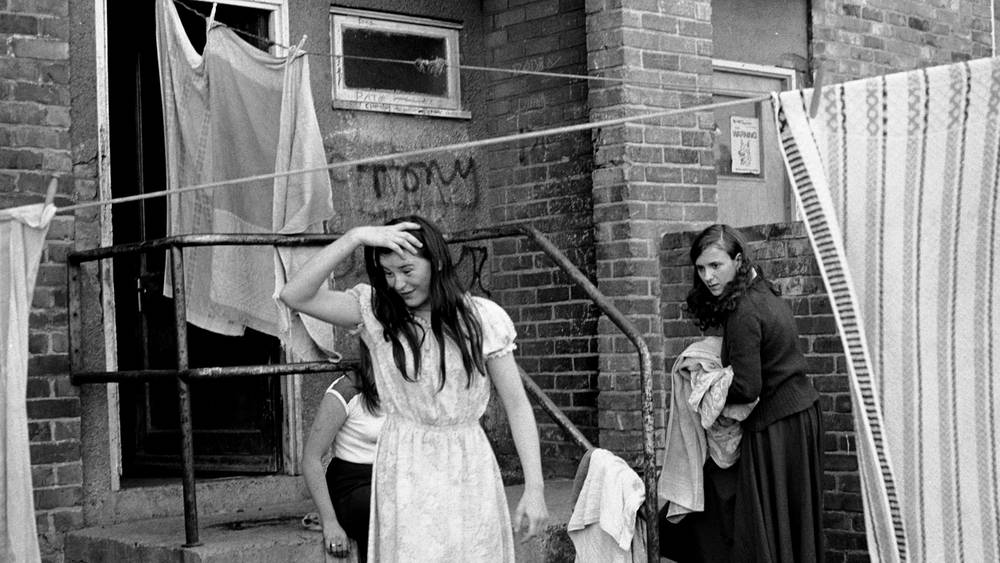
Technical: This image seems to use natural lighting. This is used to make the image look natural and show their true daily lives without making their lives seem more glamorous than they are.
Visual: The image has been taken in black and white. Though this was likely because of the limitations Murtha had when she took the image, this use of black and white shows us now that life was a lot simpler in the past. Though the faces of the people show that they may be having some hard time.
Contextual: This image is called “Youth Unemployment” the title tells us that these people were likely poor and could not afford luxuries and lived off of bare essentials and would have had to be looking for jobs constantly to make a living to provide for their families.
Conceptual: Murtha may have taken this image to show the lives of people living without any means of income. This can especially be seen from the face of the person in the foreground of the image, as her face shows that she is upset about something.
When time was prime 2 — Shoot plan*
My plan is to go to the locations depicted by the photos and then have my camera set up on tripod and either hold the images or suspend it from fishing wire. The images will either line up almost perfectly with the background, or if that is too difficult I will have the image so that it is in a position where it is clear that it is where it was taken there, and some major features line up but it shows a wider field of view and area is shown clearer.
21. Identity and place:

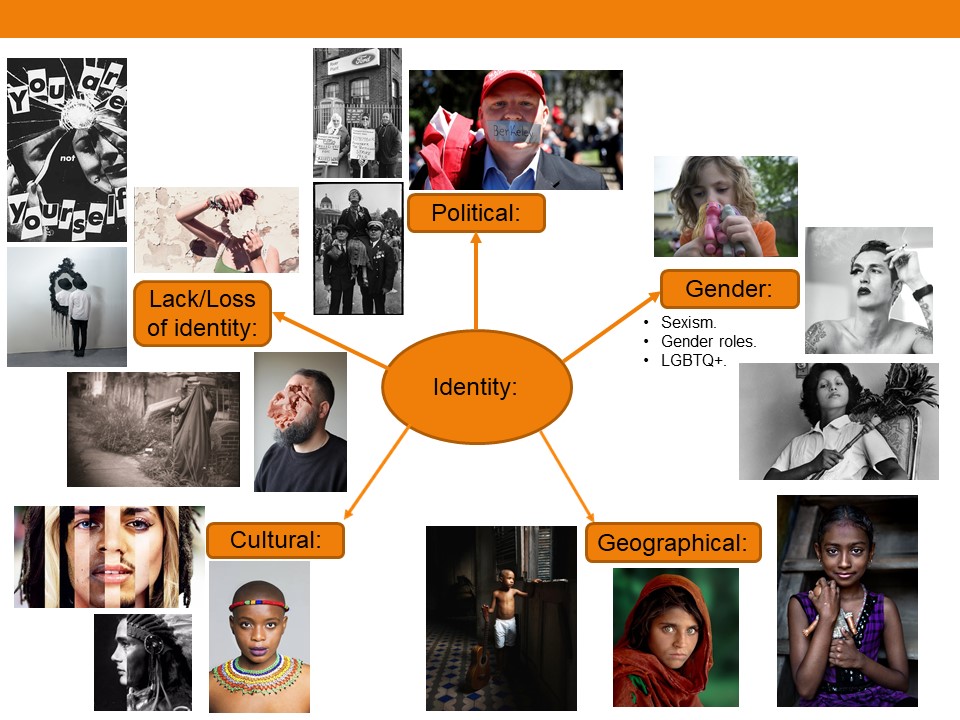
CCA Gallery Visit- Claude Cahun & Clare Rae
The exhibition focused on the different ways that the Australian photographer Clare Rae, who now lives in jersey, has responded to the works of the french photographer Claude Cahun who takes picture to explore the different views of identity and gender through self portraits. Through the the comparison of both artists you could see the the influence that Claude Cahun had on Clare Rae, this was evident at the exhibition, they both did there photos in black and white and and contrasting colors, you could see the similarities of both photographers.
Clare Rae:

In this picture you can see the artist Clare Rae is under this trolley, this could symbolize that she is feeling trapped and scared this tells us that she was trying to explore feminine and how woman feel about them selves. In the picture it looks like she is in an office basement where they keep all the files from years ago, also suggested by her body language it can tell you that she is feeling distressed about where she is. The picture has been done in Black and white which could mean that she is trying to erase the thought or is trying to tell us something.
Claude Cahun:

In this photo you can see Claude Cahun is in the center with a mask which is black and white with a white background. I feel that she is trying to express her feeling on feminine and how other woman or men feel about this photo. I also think it explores the different ideology of how men perceive woman in to day world. In the photo Claude has a straight face this could symbolize the fact she is doesn’t agree that men should treat woman disrespectfully. This photo could also symbolize they way she feels about her body and how she copes with her feelings.
Personally I think that the expedition showed the contrast between the two different photographers and how they response to each others work, and how similar their objectives are, the expedition also showed the different views about being a feminism and how different people have different viewpoints about these artists. I can also express the need to encourage talking about feminine people and not letting themselves down.
Study for Mock Exam: Identity
For My ideas i have decided to use beach junk e.g Sea Glass, Sea pottery, As i think that it would relate to the lack or loss of identity if i place over the picture.
Sea Glass meaning and history:
Naturally produced sea glass (“genuine sea glass“) originates as pieces of glass from broken bottles, broken tableware, or even shipwrecks, which are rolled and tumbled in the ocean for years until all of their edges are rounded off, and the slickness of the glass has been worn to a frosted appearance.

Sea pottery meaning and history:
Sea pottery (also known as “sea china” or “sea porcelain” or “beach pottery”) is pottery which is broken into worn pieces and shards and found on beaches along oceans or large lakes. Sea pottery has been tumbled and smoothed by the water and sand, creating small pieces of smooth, frosted pottery. It is often collected with more common sea glass by beachcombers.
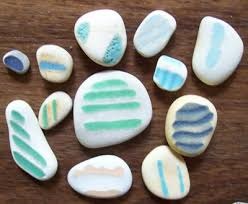
Beach Junk meaning and History:
beach junk can also be known as jetsam this is wear unwanted material or goods that have been thrown overboard from a ship and washed ashore, especially material that has been discarded to lighten the vessel.
i thought that i would have two different photos of member of family, For example i would have a younger generation vs Older generation. Then i would place the sea glass and beach pottery over the photo to disfigure it and then i would use the beach junk to cover the photo in places this would represent loss of identity.

Identity photo shoot planning
My chosen theme for this shoot is self expression; how people express themselves through what they wear and how they communicate (facial expressions and body language).
The purpose of this photo shoot is to explore diversity within the community, how people within the same community differentiate themselves from one another, as well as how they react differently to being placed in the same environment and treat identically.
The shoot will take place in the photography studio where I will take photos of my friends in the exact same way; the camera angle and where they are standing will be identical every time, but it will be up to them how they pose and express themselves in the photos. I will also let them decide what they want to wear for the shoot.
They won’t be doing the same leaning pose as here but the shoot will work in a very similar way. The angle and basic setup will be identical but it’s up to the people being photographed to express themselves. The only difference is that in my shoot I won’t make everyone pose in the same way, that will be up to them.
